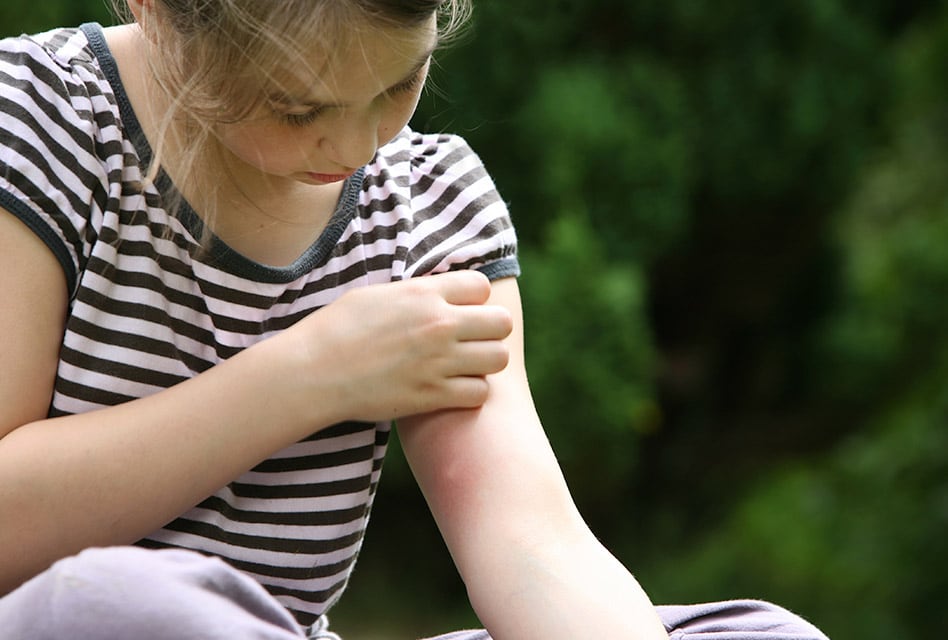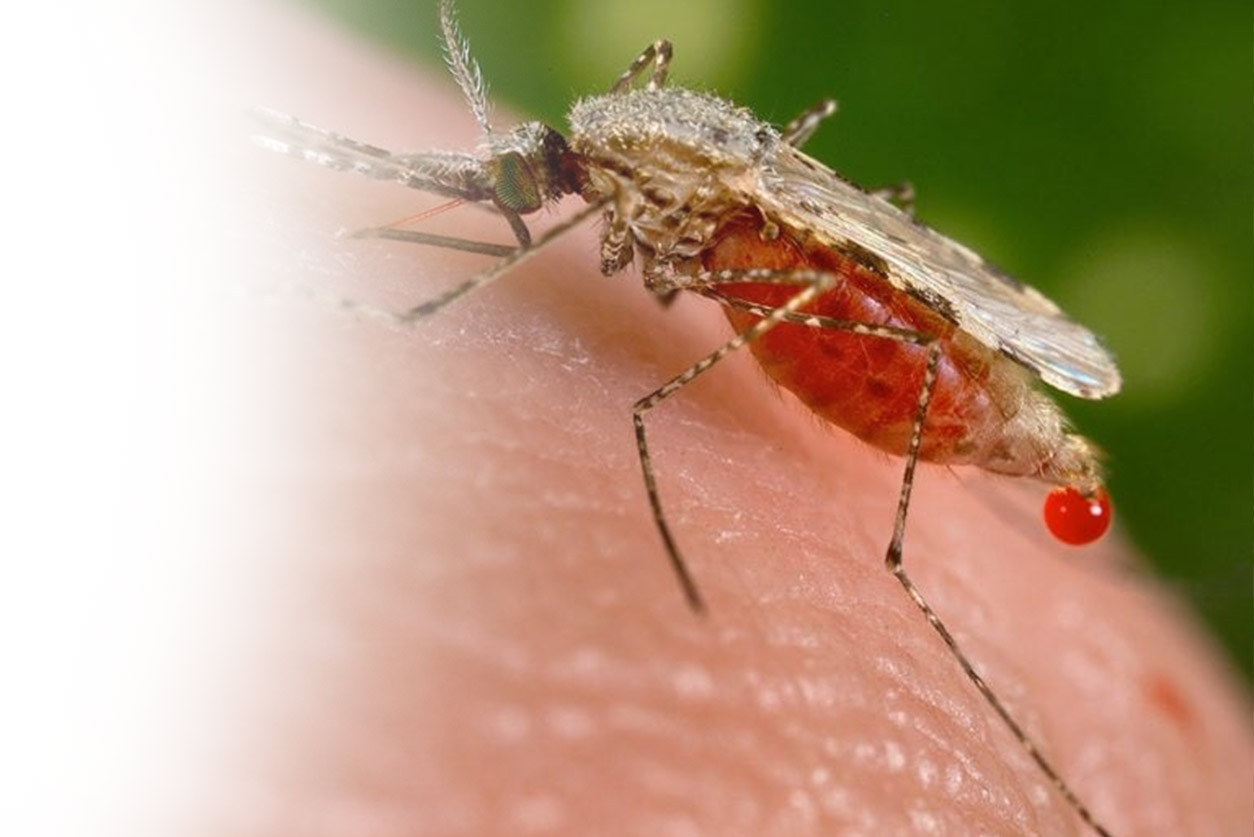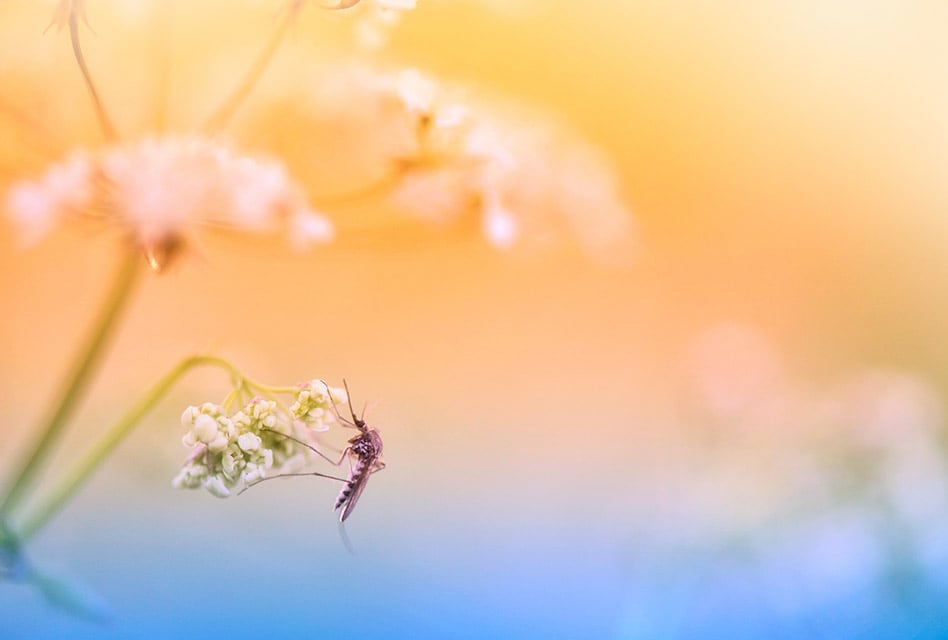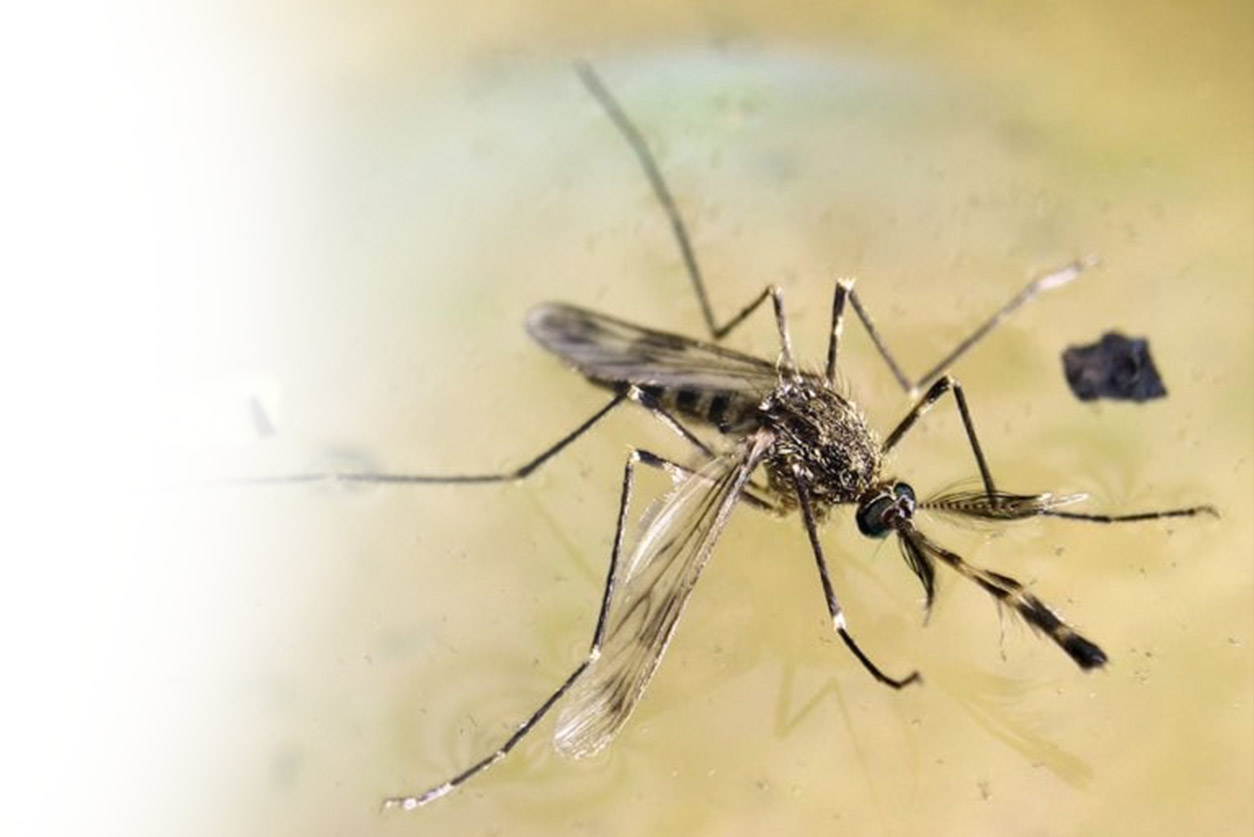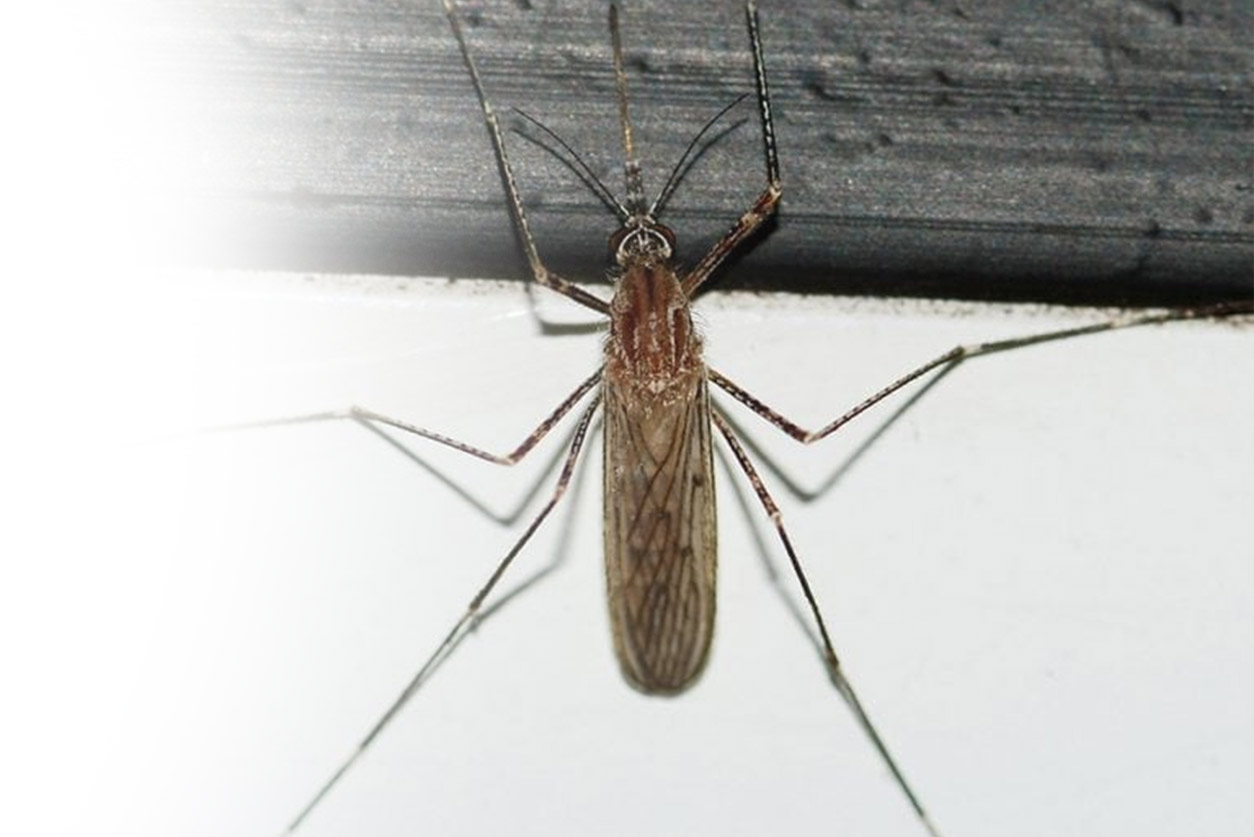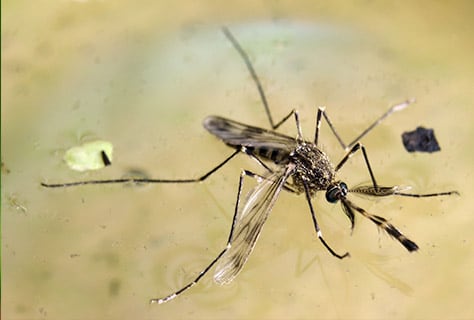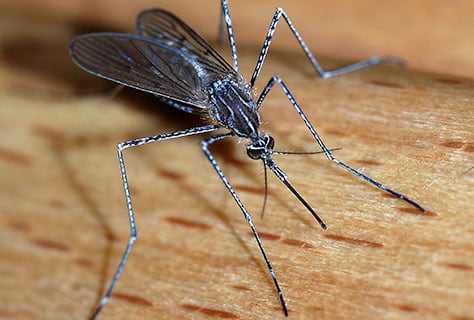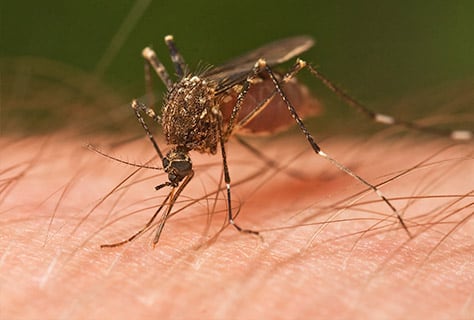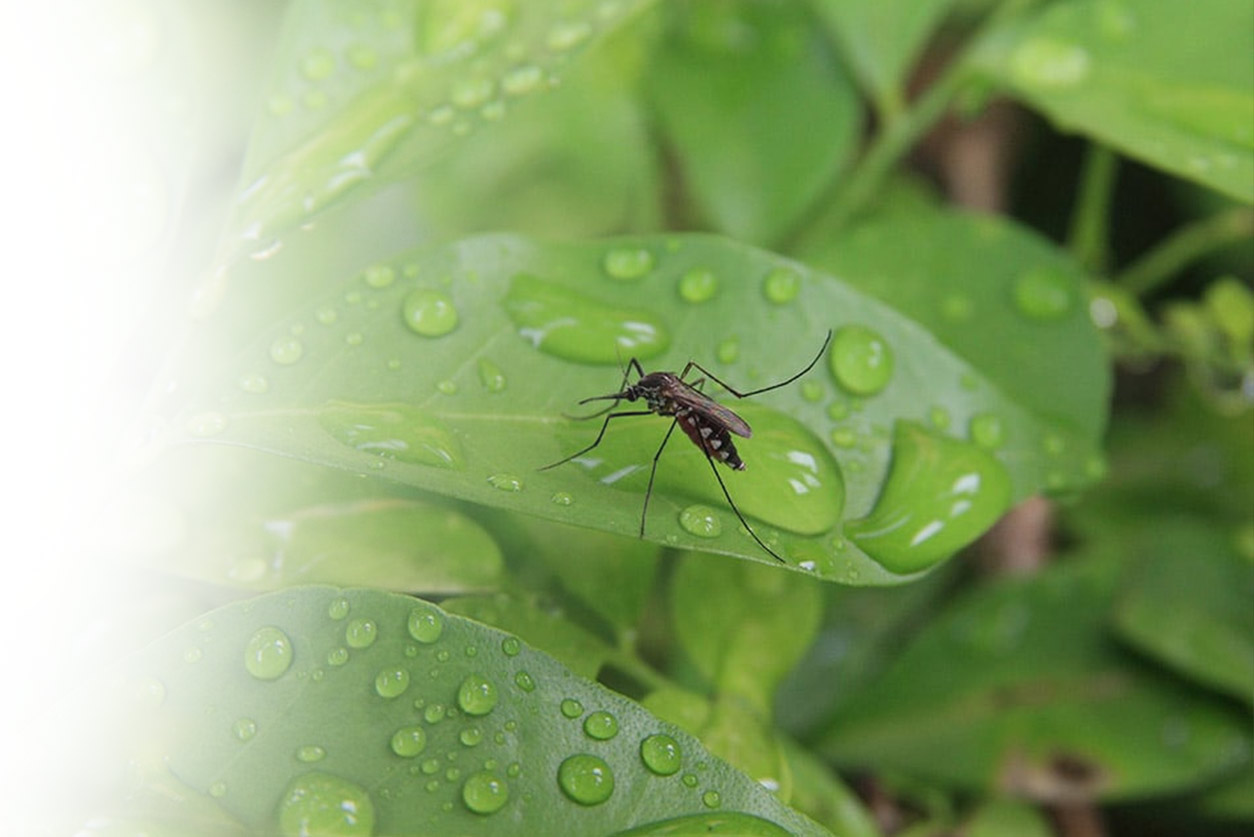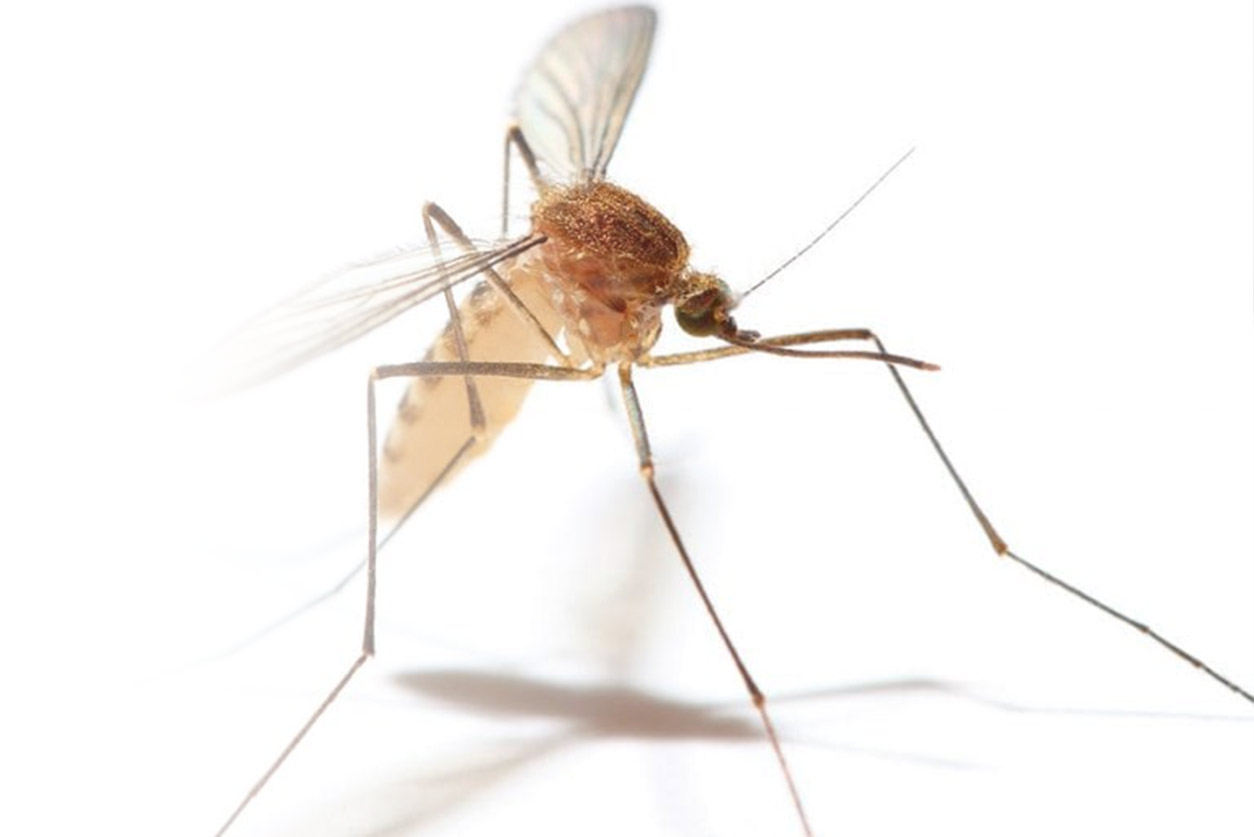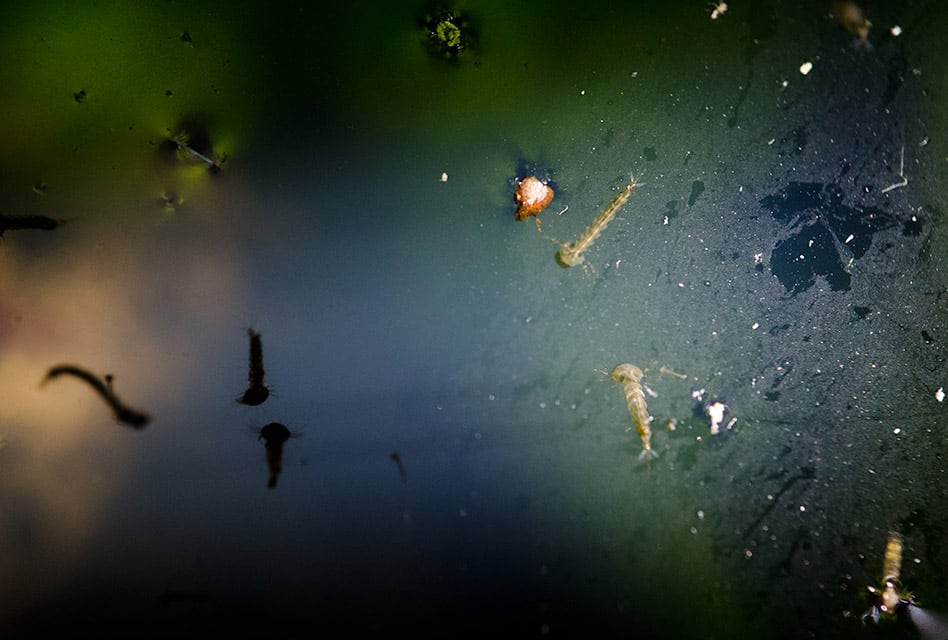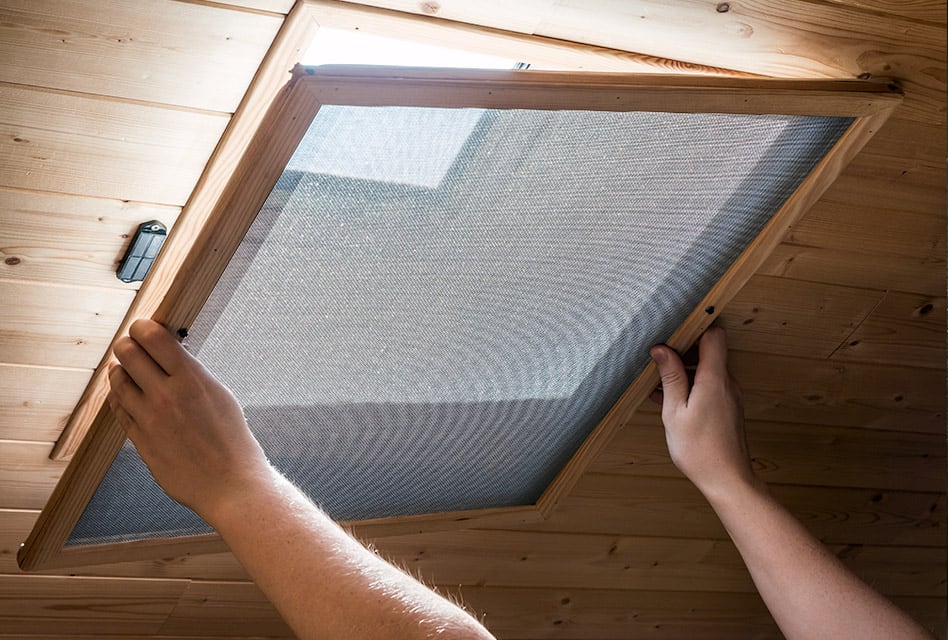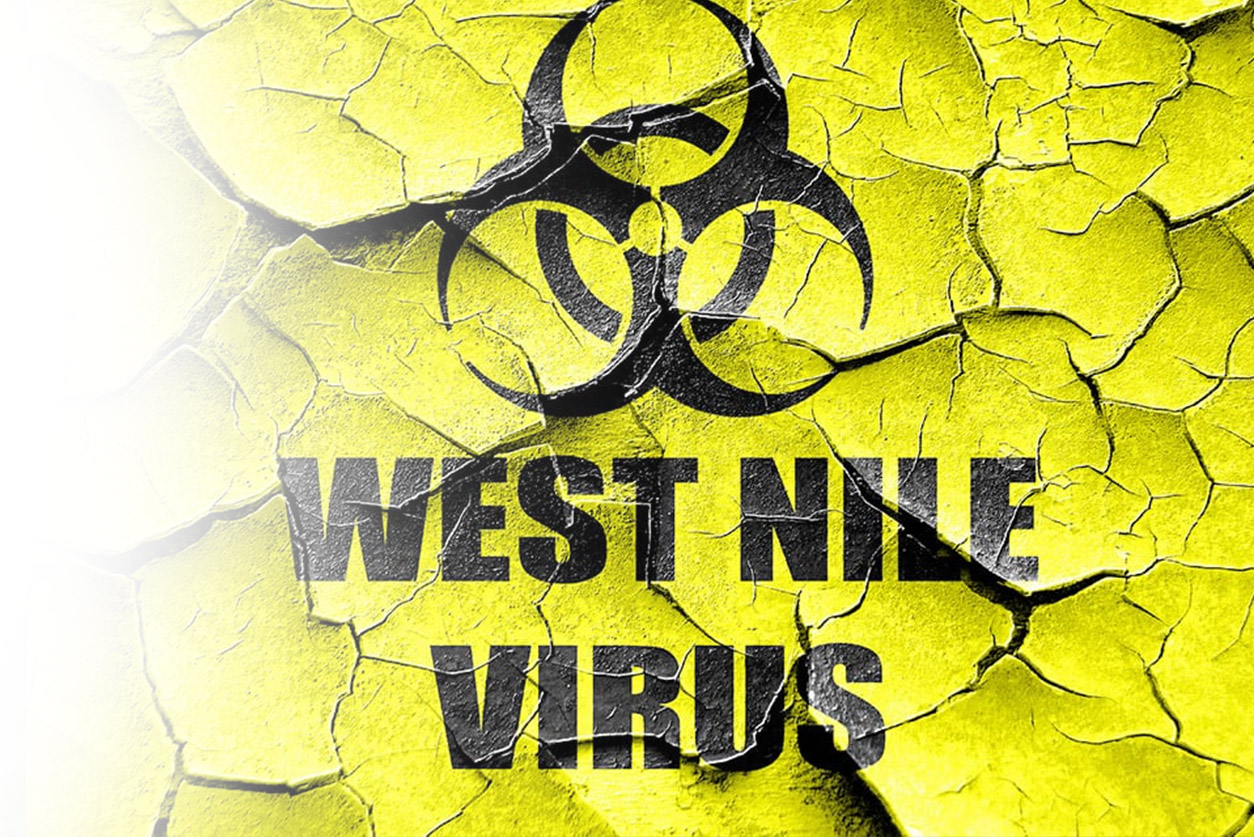Where are the best mosquito-free vacation spots? Some mosquito experts say that if there are still waters nearby, then there will be mosquitoes. If the area has little to no breeze, then you will most likely encounter mosquitoes. And if it has recently rained for long periods of time, then you will most likely encounter these critters. Understand the region in which you plan to vacation and check the weather.
Ok, so how can you avoid these areas? If you want to vacation in the states, then you are in luck. Alaska is a great place to go, or perhaps West Virginia. West Virginia is actually the country’s region with the fewest mosquitoes; it only has 26 species. The high and majestic plains of Colorado are also known to be mosquito free, but you might find quite a handful of hummingbirds, just in case you mind those.
If you are looking to leave the states, you still have plenty of options. One place is Cancun. The breeze of the ocean and the constant movement of the water help to keep them away from this area. The Caribbean is another place you can enjoy your vacation without these pests. It seems that breezy areas near the beach, and away from the jungle-like areas are the running theme for these vacation spots.
Another place that many found enjoyable and free of mosquitoes is Aruba. Aruba is a very dry beautiful place that has strong winds, and a windy place is no friend to these winged things. Carombola is another great place to stay, but only if you stay in the Northern or Eastern parts of it, as the rest do have a large number of mosquito populations. Is it possible to find the best mosquito-free vacation spots? You bet, you just have to know what to look for and what to avoid and the possibilities become endless
Why Should You Avoid Mosquitoes In The First Place?
It is the female of the mosquito species who must feed on the blood of humans and other vertebrates in order to give birth. They must secrete important proteins and sugars that are needed for reproduction. Some experts have speculated that mosquitoes are one of the most dangerous creatures, but this is something that has not been proven extensively. Some have been known to transmit malaria, yellow fever, and filariasis.
There are over 3,500 species of these insects and counting, some are ‘seemingly’ harmless, while others can be quite dangerous. The dangerous ones are the ones found in forests. Experts worry about these types of mosquitoes in relation to deforestation, which forces the species to migrate and therefore become a danger to us. One would be wise to stay away from unknown forests and deforestation areas.
What Else You Can Do To Avoid These Harmful Pests During Your Vacation
It is important to know these critters before you go anywhere. Pack enough repellent because you do not know if you will be able to acquire some wherever you end up. If there are vaccinations that prevent certain “mosquito” diseases, make sure you get them. Be sure to talk to your doctor about that. These monstrous critters are also attracted to dark colors, so be sure to dress in light colors.
One would be wise to have less skin exposed, so wear boots or long socks. This may be a little difficult, especially in the summer, but it may save you from a bite. Be sure to avoid using perfumes, creams with an aroma, after shaves, makeup and other things, as mosquitoes are attracted to a ‘sweet’ aroma. And one more tidbit is they are most active at dawn and at dusk.
Now that you have the essentials covered, you can enjoy your vacation and not be attacked by these bloodsucking insects.




